MG ZS EV review and buyer’s guide
One of Australia's most affordable EVs is better than most would give it credit for, and there’s actual stock available, meaning no endless queues. Plus, the pricing isn’t as high as you might expect, and now there’s a long-range version. So, should you take the plunge?
The MG ZS EV is the electric vehicle the established brands must have been hoping was not going to arrive for many years to come. An affordable, all-battery-powered small-medium SUV that looks good and isn’t too shabby to punt around the city.
Well, it’s grown up a bit now and while they're calling it new, this vehicle really is more than just a facelift, with substantially more than just the hair and makeup changed.
The most affordable way to get yourself into an MG ZS EV is via a novated lease whereby a ‘green car’ priced under the Luxury Car Tax threshold will be free of fringe benefits tax. We can assist you with this process by simply filling in the form below and my team will get back to you ASAP.
Now, if this is your first time looking into electric vehicles and plug-in hybrids, you might like to first consider my EV Sanity Check to establish if actually owning one is going to be right for you.
And after that, I have an extensive list of every EV/PHEV in the market currently eligible for fringe benefits tax exemptions when you apply for a novated lease with your employer - it’s essentially a pre-tax payment you make on the acquisition and ownership of an EV or PHEV under the Luxury Car Tax threshold, instead of putting that money into government coffers.
ENQUIRE HERE
The MG ZS EV now has more range, officially 320 kilometres based on the WLTP cycle standard, so you would probably knock about 20 percent off for the real world and call it 250 to 260kms in reality. Do not be concerned, however, because the average car in Australia travels fewer than 40kms a day on average, so generally this is more range than you need.
The key highlights of the new model
Greater battery capacity 50.3 kilowatt-hours
Greater range 320 kilometres (WLTP)
The average daily commute is 28 kilometres, but in this EV a trip from Sydney to Newcastle, or Melbourne to the Dandenong Ranges is no problem.
Battery capacity and range are not everything, clearly.
How often do you actually drive more than 250 kilometres in the one hit? Many people, especially people considering EVs, living their lives in the city, many people such as that never do.
Frankly, this vehicle, as far as I can see, is the closest thing on the market today to the EV Australians actually need, while perversely in the market there's just no shortage of fantasy EVs that nobody really needs, such as every Tesla.
Tesla is basically a religion, and that’s okay. I just don’t believe in it. And Teslas are nothing miraculous.
Then there are the almost non-existent EVs in the middle, like the Kia EV6: it's the only time the coveted Wheels BCOTY award has gone to a vehicle you can't actually buy in practice. Its half-sister the Hyundai Ioniq 5 is rarer than rocking horse poo and Australia gets very excited, down there, every time a couple of Ioniq 5s leak out of the factory and head our way. Happily there are plenty on their way.
Then there's the likes of the Porsche Taycan: only $300,000. Except for low-mileage ones at the bottom of the North Atlantic >>.
DRIVING AN AFFORDABLE EV
Australia’s EV retailing has been something of a Cuckoo's Nest, and here's MG swimming against the tide, all stocked up on quite affordable EVs. Obviously they never subscribed to the car industry’s draconian business model for selling electric vehicles here.
The ZS EV in Essence form was the fully-loaded works burger of the model range when it launched in 2022 for $49,000 driveaway. But that’s changed.
There is also a longer-range version now, offering 440km of claimed range (WLTP cycle) using a bigger 72.6 kW-hr battery, and it wants $57,700 driveaway. This puts it on-par with the bigger battery Kona which I lived with for a year >>
You can expect about 400km of real-world range from that battery - which is more than sufficient for a week’s worth of commuting and sundry sunning around in a metropolitan city for the weekend. But you might want to consider that at-home wallbox charger for a couple of grand to make sure you’re ready to roll with a full battery on Monday morning.
But if you don’t do those longer drives regularly during your work week, the smaller battery ZS EV is going to tick a great number of your motoring boxes, which is why I’m going to compare it with its closest rival, the Hyundai Kona Electric. You might also consider the Kia Niro EV at this point, as well.
While ZS is ever so slightly bigger than a Kona Electric, I'm going to compare the Kona Electric Highlander with the smaller 39 kilowatt-hour battery for relevance because it’s closer on price while also being more affordable for ordinary Australians. If you’re wealthier, you have the luxury of choice, so you can just go for the bigger battery because: money.
So, big block Kona Electric is about$63,000 driveaway, essentially, while in the ZS EV top-spec you are getting slightly more interior space, slightly more range when driven efficiently, 25 per cent more battery, 30 percent more motive power and two more years warranty - and it's $14,000 cheaper.
Plus, you can tow with the ZS EV. No tow can do on the Kona Electric, of course. Up to 500 kilos of towing with the MG, and to be fair, range is likely to be significantly impacted if you do tow 500 kilos, but a trailer of rubbish to the tip occasionally, is very nice to have.
And yeah, you can buy a Kona Electric with a much bigger battery, it delivers more power and it's got a lot more range. It's also $6000 more expensive however, so a 20 grand is the difference in price there if you buy the bigger battery Kona Electric.
That 20 grand is a real barrier to mainstream EV acquisition.
The ZS EV Essence in particular, the fully loaded one, is certainly not short on standard features. It comes packed with the kinds of equipment that cost $3000 to add at an Audi dealership: I'm thinking panoramic sunroof.
To be further fair and balanced however, this car is something of a compromise. It is adapted from the combustion version obviously, and it's about 300 kilos heavier, which is about 25 percent heavier. So it’s not an insubstantial increase and there's no getting around this.
It's significantly heavier and the centre of mass is also lower because all of that additional mass from all of those additional electrical components is lower down in the vehicle, and this means that the mass centre is suddenly located closer to the roll centre, which is fixed when you design the platform. If you want to understand what this means, watch my special technical report EV -Vs- ICE: What really handles better? >>
In layman’s terms, this means that vertical loads bouncing from dips and crests, are going to need stiffer springs and dampers for optimal body control (than the combustion version). But at the same time lateral loads, from cornering and swerving, they have less effect on the platform because the mass centroid is closer to the centre of roll. Even though they have re-tuned the suspension for this facelifted variant, as I understand it, the fundamental compromise here remains because you can't change it. The car is going to be softer vertically or stiffer in roll, or both, compared with the combustion ZS.
However, for full context, this effect is unlikely to be terrible and in fact I'm almost certain that most people are never going to feel it. Essentially, this car could have been dynamically better, had it been designed on a bespoke EV platform, which I understand they'll move to for the next generation - pretty much for exactly this reason.
Most people are going to feel like the way ZS EV drives is acceptable in the majority of typical benign traffic scenarios ordinary people drive; it is remarkably uneventful in this domain. And that’s a good thing. But it must be said it does lack the extra polish and refinement that a Kona, Ioniq 5, EV6 or Niro offers when the roads turn particularly foul.
It's also unlikely that this car is as good as it could have been dynamically had it been designed on a bespoke EV platform, which I understand they'll do for the next generation - just a others have done. At that point, the more established, more mature brands had better have their act together or the ZS EV and its stablemates will run right over the Hyundai, Kia, Toyota, Mazda, Tesla and Nissan brands.
Noise, vibration and harshness control, most often referred to as NVH control, these improvements help with the soundproofing and noise reduction of the vehicle. Since EVs do not have an internal combustion engine, they do not create the same noise levels as an ICE vehicle when converting fuel into power.
Due to this, the noise levels of traveling on the road need to be minimised, otherwise you're in for noisy and fatiguing journey.
NVH control has been extended to the entire vehicle added inner panels to the front fenders and an ingress protection bottom plate for the underside of the car, the low wind resistant styling and lower rolling resistance tyres reduce the noise from the outside environment and road surface into the vehicle interior. Having it quiet for the driver ensures a pleasant and fatigue-free driving experience.
- Cameron Morgan, MG Australia
The phenomenon that happens when driving an EV, particularly having been in combustion cars your whole life, is the change of sensory experience.
You start out impressed at how cosseting and audibly sedate an EV feels to drive. Then, as you become accustomed to that level of external vibration, wind resistance and general noise intrusion, you can start to interpret it as being quite noisy again, particularly on broken surfaces, course roads and hard, old rural roads. But, as Camera Morgan explains above, the lack of NVH input from any combustion engine means you’re detecting the natural sounds and vibration of a vehicle on the road at whatever given speed and road surface.
Those features Morgan lists are signs they’ve actually tried to attenuate some of those ordinary vibration inputs you’re likely to pick up in normal EV driving conditions, albeit without going to the more expensive, in-depth R&D lengths as say a Hyundai, Kia, Mazda or Toyota. ZS EV is more like the levels of NVH you would experience on a Mitsubishi Eclipse Cross PHEV in EV mode.
TANGIBLE PRACTICALITY
For a long time, the notion of switching to an EV came with a salient compromise in how much and what kind of useful work you could do with that vehicle.
EVs were small, had little utility factor, absolutely could not tow, had terrible range and you paid a premium for it.
The ZS EV is an actual SUV with a body shape and aesthetic that is not supposed to be some profound, bold design statement that reflects an irrelevant message or historic meaning completely lost on the mediocre new car buyer. There’s no Jinba Ittai.
You get 18 per cent more boot space to a Subaru Crosstrek, but interestingly, only 12 per cent less than the Mitsubishi Eclipse Cross or 22 per cent less boot cargo volume than the Mazda CX-5. That should put it into perspective. You can actually do family stuff around town with this EV.
MG’s ZS does not get some arty design language that only holds significance to the clay sculptor. It looks good enough to get the tick from normal people who have lives and more important things to think about. Also, it can charge your e-bike.
One super useful thing about this vehicle is the V2L feature which is built in and it allows you to to extract 240 volts AC just like the electricity in the wall at home, but from your car. Of course MG, like other carmakers, talk about this feature in the context of camping and whatever because it creates nice visuals, but in fact the most useful aspect of V2L is powering your home with your car during a blackout.
This is huge in the current electricity generation environment in which grid stability is questionable and during summer we’re often told to expect a rolling failures as the hotter temperatures draw inexorably closer.
Maximum draw from the V2l system in the ZS EV is 2.5 kilowatts, which is more or less one GPO type standard powerpoint running flat out. You don't actually need anything like that for a few lights, the TV, the Wi-Fi and the fridge. But it takes care of those essential things that you'd like to have up and running when every house around you is as dark. In rural areas during bushfire season, when you’re trying to keep aware of impending fire fronts, when you want internet access, pumps active and fridges running, this can be very useful if powerlines are cut.
You could hypothetically run the house’s core items on the MG for about 80 hours, so not the whole house, but the essentials. Then you'll have 10 kilowatt-hours remaining in the battery because that's what you told the car to leave in there. And that’s enough for about 50 kms of real-world driving, or you can just plug in at home and recharge because hey, the grid is back up. Congratulations, you survived half a day pretending it was the 18th century.
You can recharge at home on single-phase 230 volts with 32 amps for about seven kilowatts in total and that's going to take about eight hours to charge you fully up from dead flat in the ZS EV. If you've got three-phase power access because maybe you have a commercial property or perhaps your own fatcave became a fledgling workshop in its own right as a result of lockdowns - well, own you can feed in 11 kilowatts to the ZS EV, which is only about half of the power which three-phase can supply.
But this limitation is related to inverter thermal management. They just don't want you to fry the inverters, so they have to restrict the amount of three-phase that the car can accept. A lot of EVs are like this too, so it's certainly not the only one in the market.
It’s probably not going to be worth getting three phase power installed to your home because on single-phase at 32 amps and seven kilowatts, you'll be able to charge up overnight and for most people that is going to be beyond adequate.
The battery is lithium-ion phosphate, which is really good for longevity, and it's liquid cooled - using a glycol-based fluid, according to MG Australia - which is also excellent for longevity. In this newer version, the battery it's down from 18 internal modules to six, so less complexity means better performance. Always good.
THE RANGE: SIMPLE & CONCISE
Fortunately, in a lesson carmakers like Mitsubishi and Mazda could learn from MG, it’s not hard to deliberate over the MG ZS combustion range - let alone the EV’s sub-set. Trying to figure out which one to get is yet another barrier a would-be consumer has to jump over in order to part with their money in exchange for your product.
MG Australia has removed that barrier. And while one could argue endlessly that giving consumers variety and options is an incentive, and for many that may be true, it also rings of sentiments of a bygone era when ordinary people cared about the technical aspects of car ownership. It harks back to a more enthusiast era when it mattered which transmission you bought, becuase getting the wrong one could cost you fuel economy, power output and performance and resale value.
To some limited extent that still applies to buying diesel or petrol, or an EV, but when you’re already partly invested in a make and model, if you have more barriers in place that determine which features you get or don’t - thereby affecting how much you spend - especially in today’s economic environment, this can be a detriment. Or, it might mean it’s just easier - the path of least resistance, in other words - to buy an MG.
There’s a rational argument that says there are two types of buyers. Those who want all the features, or those who want the cheapest version possible. So why not just cater to those two buyers?
Here’s what you get in the base model versus the works burger ZS EV.
Excite
3 driving modes (‘Eco’, ‘Normal’ & ‘Sport’)
3 regenerative braking settings (light, moderate or aggressive)
Full electric liquid-cooled, lithium-ion battery
Push-button start
Vehicle-to-Load functionality (V2L)
Leather trimmed steering wheel with contrast stitching & perforation detail
Cloth seats
Driver's 6-way manually adjustable seat
Bluetooth connectivity
10-inch central touchscreen with Apple CarPlay & AndroidAuto
360-degree camera
LED daytime running lights
Satellite navigation
‘MG Pilot’ driver assist features: lane keeping, adaptive cruise control, auto emergency braking
17-inch steel wheels with 'Propeller' alloy wheel aero covers
Essence
Front driver and passenger seat heating
Driver's 6-way electrically adjustable seat
Synthetic Leather Seats
Wireless phone charger
6-speaker premium audio with 3D sound effect
Panoramic glass sunroof with Sunshade and Anti-Trap
Roof Rails
Electrically folding, heated, body colour door mirrors
Rain sensing wipers
Blind spot detection
Rear Cross Traffic Alert
The ‘Long Range’ variant is just the Essence with additional rear privacy glass and the bigger battery.
With a difference in price of about $5,000 from the base model to the fully-loaded ‘top-spec’ version (excluding the long-range at this point), it’s a very simple deliberation exercise for you, the would-be consumer. The question is very straightforward to both ask and answer:
Question: Can you afford the Essence with all the features? Answer: Yes or no. If ‘Yes’, you can buy it. If ‘No’, you simply go for the Excite. Deliberation over.
If you can afford the Essence, you then have a simple Q&A regarding the long-range version, don’t you?
In a world where cars are a tool, a simple transportation device where close-enough in the looks department and all the options are either financially available to you or they aren’t, this is such an easy decision to make, it’s not surprising that MG is a proper top 10 brand in just a few short years.
Everybody else is following the Tesla route toward faux luxury and pseudo prestige (without being Rolls-Royce, obviously) in a bid to prioritise profit margins on each individual sale. Meanwhile, MG is taking the same route Toyota took in the 20th century, toward affordability and simplicity.
As the saying goes: less is more.
ENQUIRE HERE
CONCLUSION
Australia is drowning in expensive irrelevant EVs you can't buy, or at least ones which you can't buy for months and months, and you have to on a waiting list with no end in sight. Yet here is an affordable EV you can buy right now. That's huge.
What we ultimately need in this country, of course, is a properly cheap EV about the same size as an MG3 or Kia Picanto with about 100 kilometres of range, perhaps 150, but it has to be $29,990 driveaway - and not a cent more. The perfect second car for the suburbs.
Until the e-Nasty arrives, the MG ZS EV is the next best EV available off-the-shelf, and it is actually pretty affordable, for an EV.






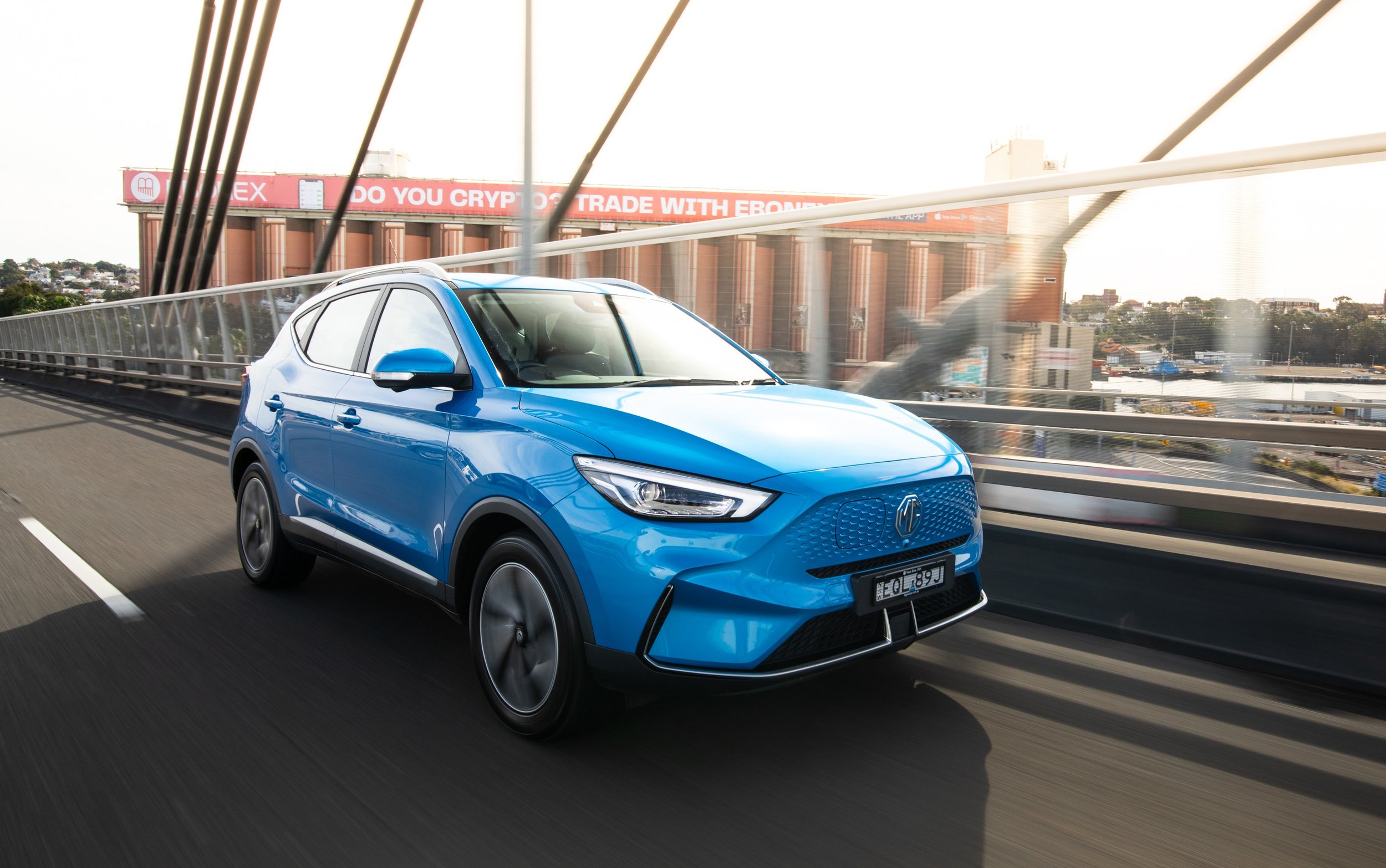
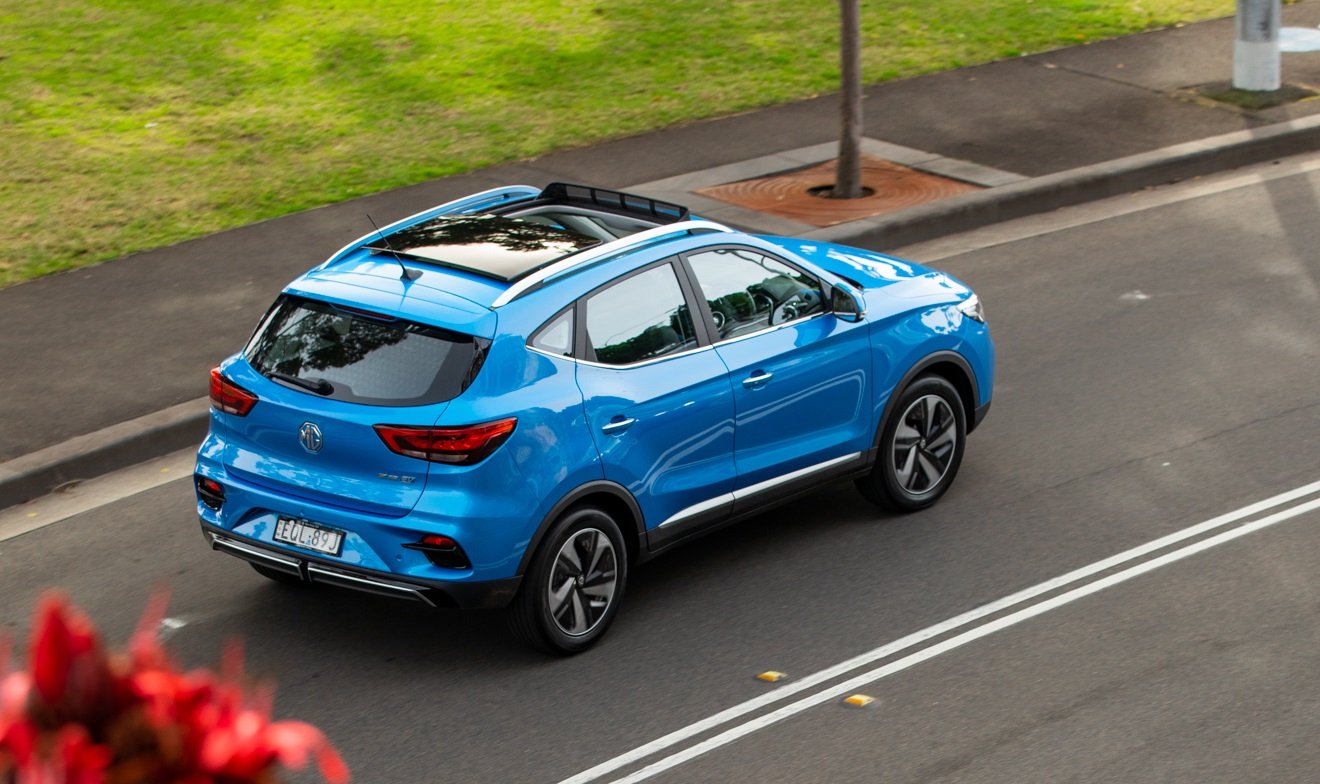
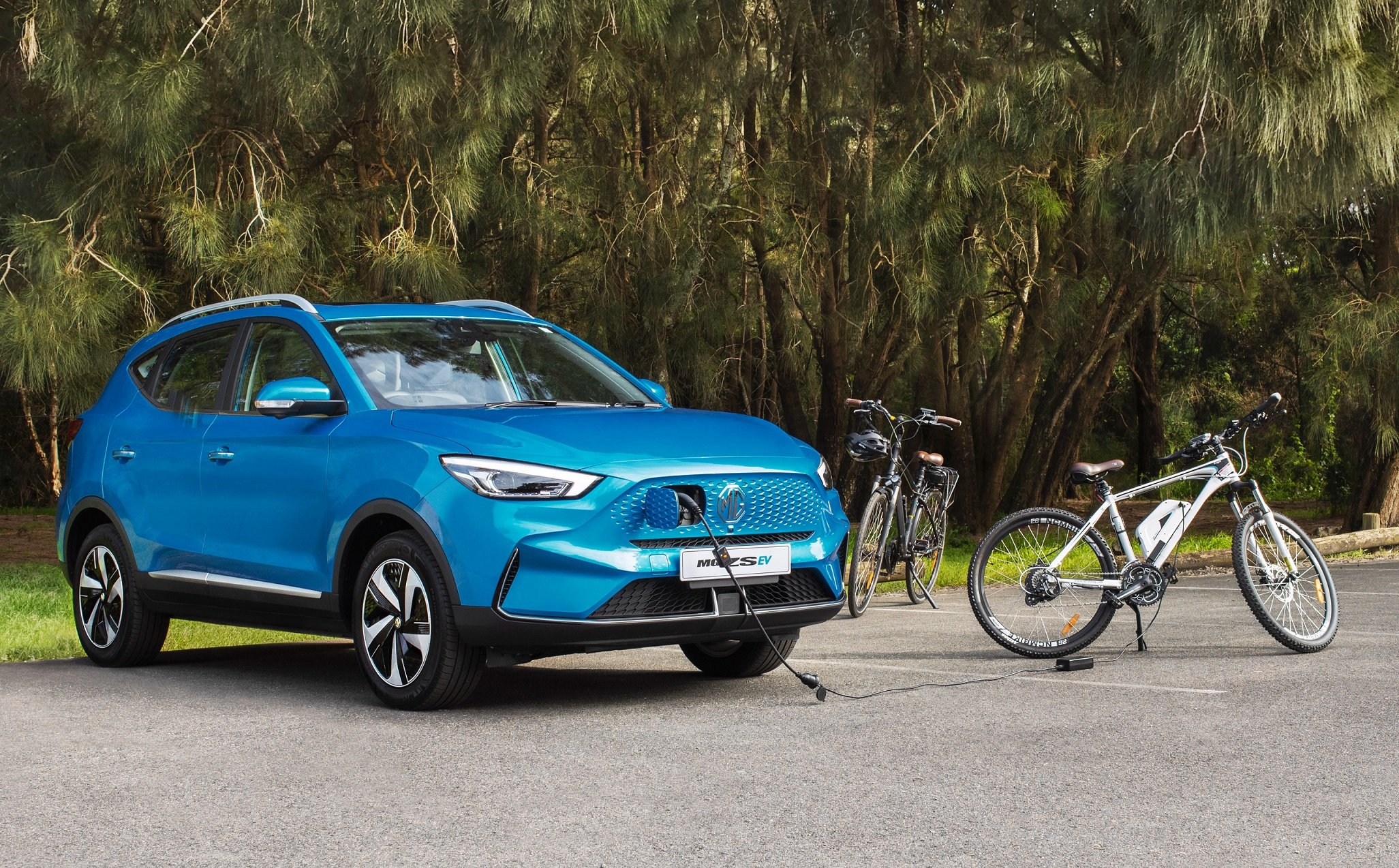
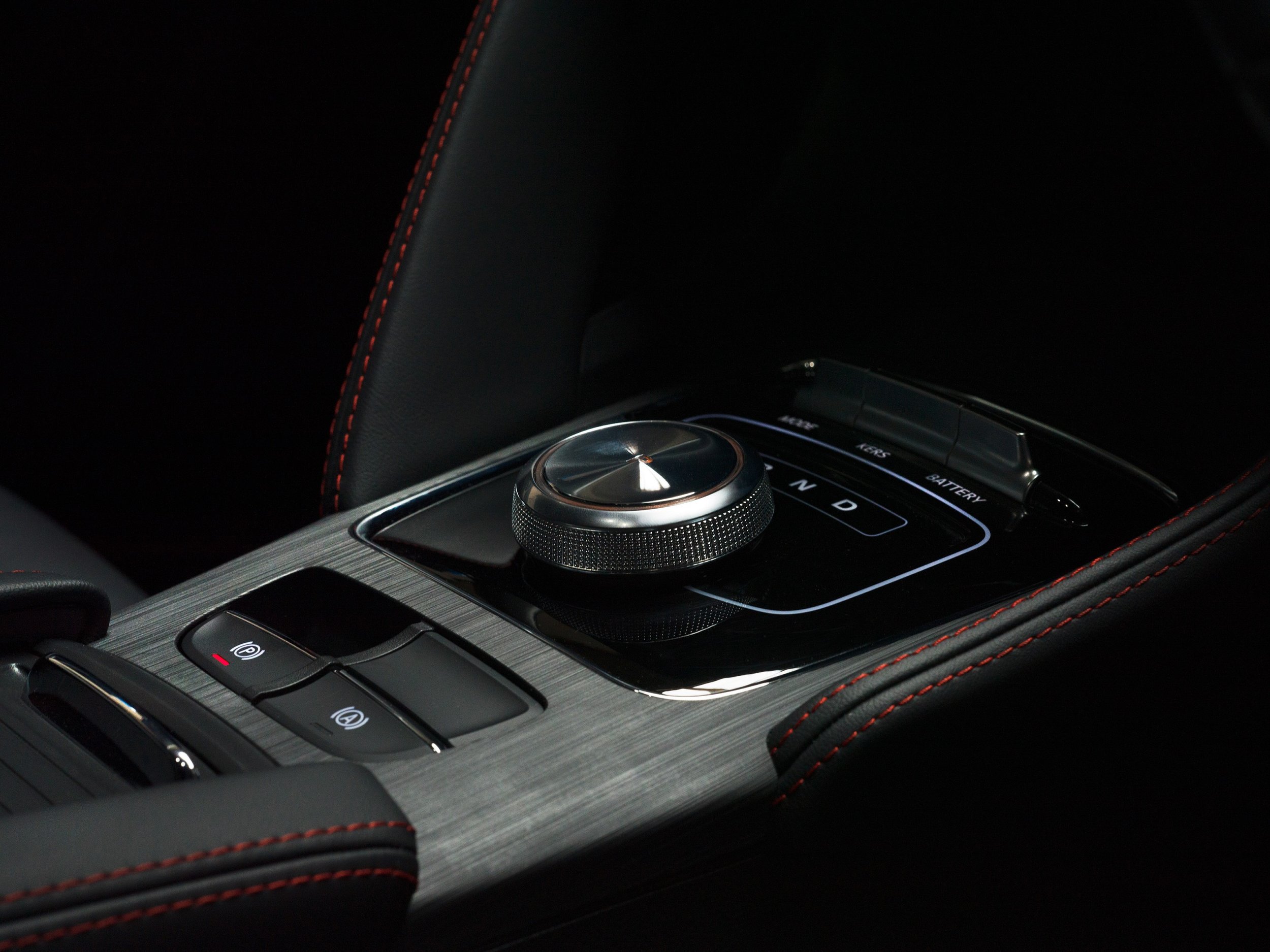
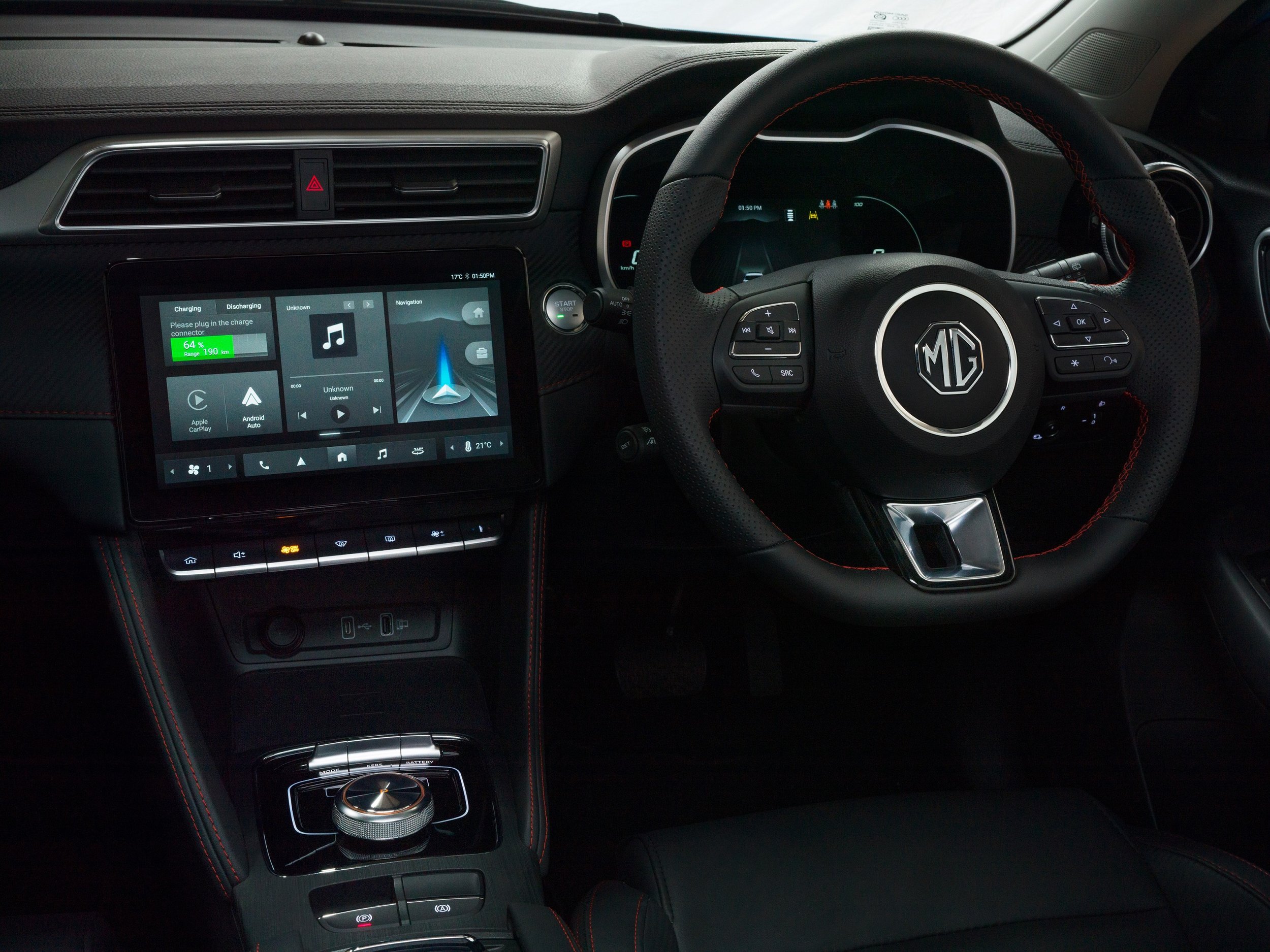
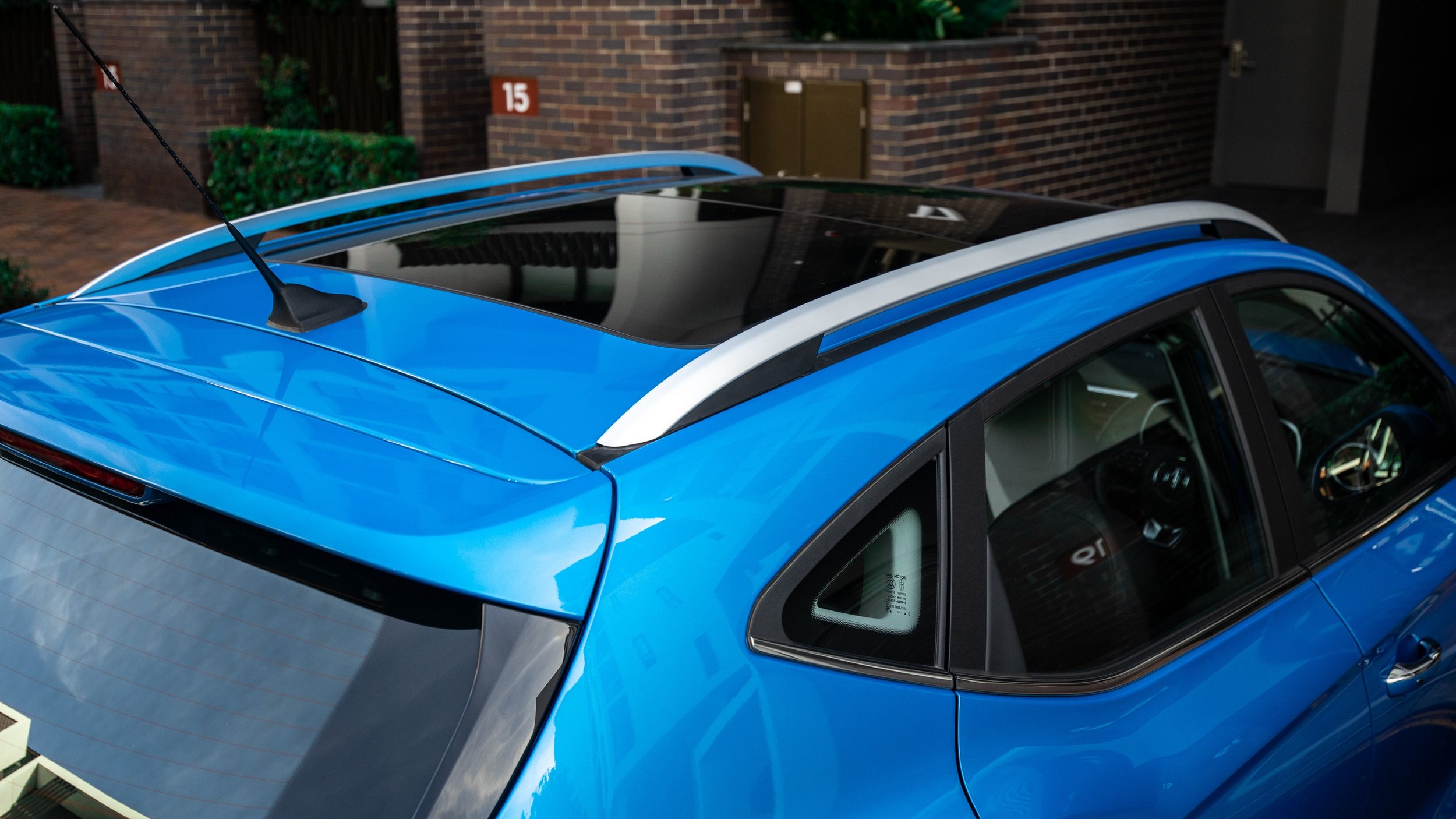
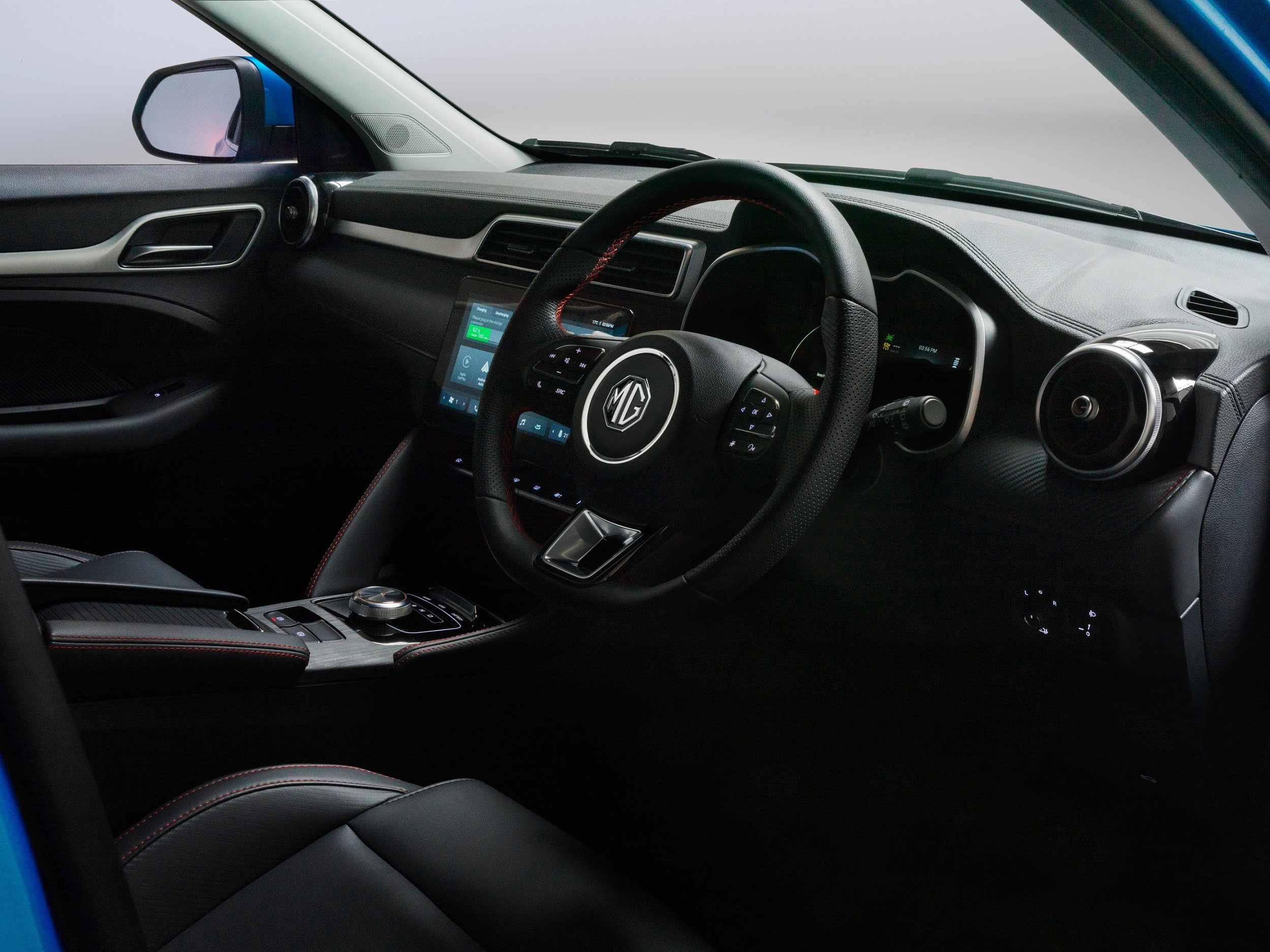
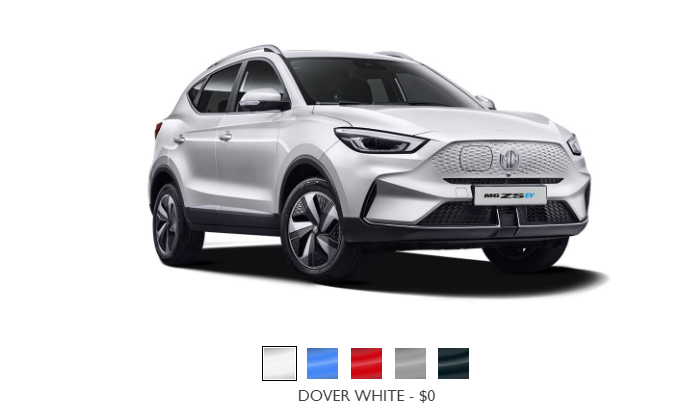
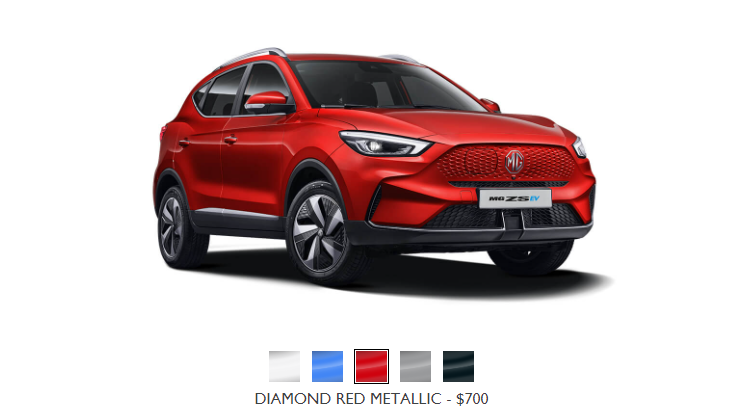
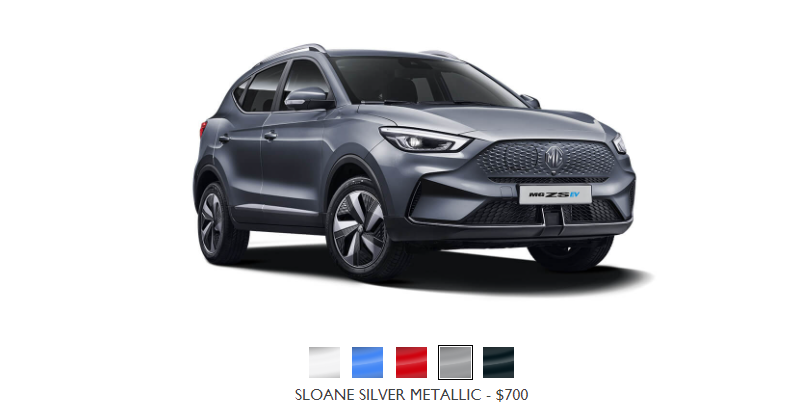
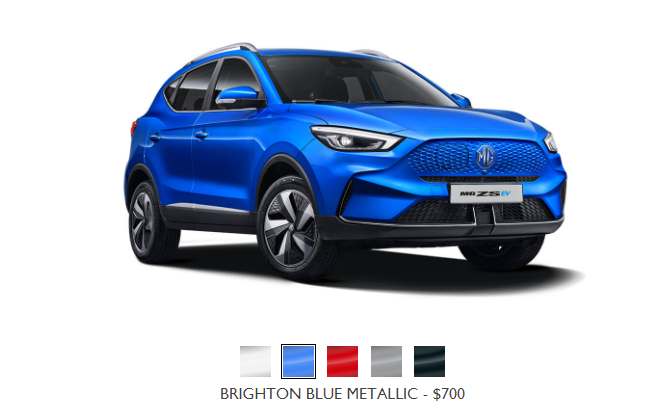
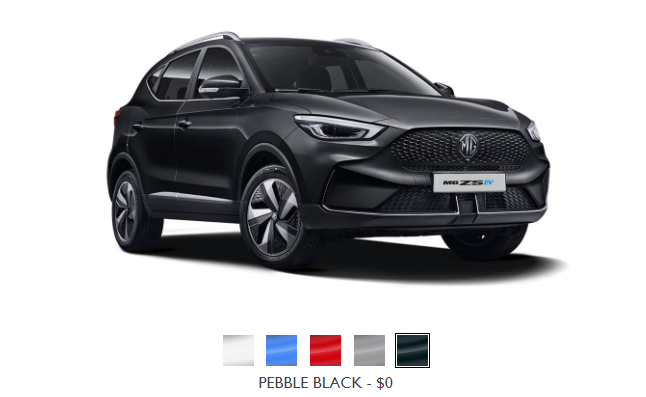











Toyota has raised the Corolla and called it a small SUV, one that offers reliability, practicality and even performance atop the range. Let’s see if there are any redeeming features that can justify the $50K price?